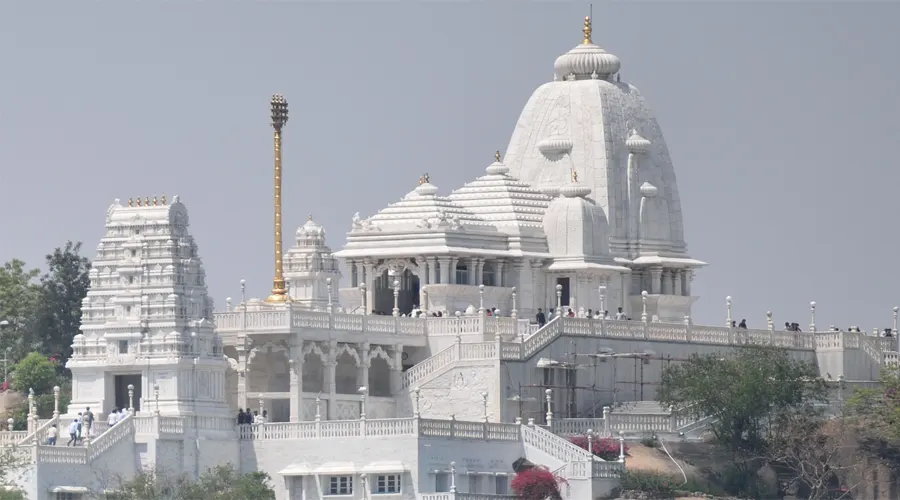Bhadrakali Temple
The rich history of the Bhadrakali temple dates back to the Chalukya dynasty. The writings on the wall convey that the temple was built sometime around 625 A.D. Inside the temple is Goddess Bhadrakali's magnificent stone structure, an architectural beauty. Legend says that the temple was looted and destroyed by the infamous Allauddin Khilji and was rebuilt in the year 1950. He also took away the priceless Kohinoor Diamond. This holy site is one of the oldest Bhadrakali temples and witnesses devotees thousands. Located on a hilltop, the views from the temple are indeed stupendous.
History of Bhadrakali Temple
Built in the style of Chalukyan architecture, the Bhadrakali temple is an ancient temple that was built to mark their conquest of the Vengi region. The Ekanda Shila statue and the pillars in the temple present a glimpse of Chalukyan's reign, while the intricate carvings on the pillars represent the brilliant craftsmanship of Kakatiya's reign.
Kakatiya Kings have also considered Goddess Bhadrakali as their ancestral deity and hence had contributed to the temple as well. It was during the Kakatiya reign that the Bhadrakali Lake was built. A lake connecting the temple was also constructed during their rule. However, with the fall of the Kakatiya reign, the importance of the Warangal Bhadrakali temple also lessened.
Architecture of Bhadrakali Temple
After many decades, in the 1950s Bhadrakali temple was again revived. This was started by Sri Ganapathi Sastri, an ardent devotee of Goddess Kali, who had migrated from Karnataka to Warangal in the 1940s. Upon seeing the remains of the Bhadrakali temple, he decided to settle next to the temple which was then just a secluded area. He started the task of renovating the temple, with the help of other locals such as Sri Mudumbai Ramanujacharya and Sri Maganlal Sameja. Many others such as Vangala Guravaiah, Brahmasri Sri Hari Radhakrishnamurthy, Thandra Venkata Rama Narsaiah, Adluri Seetharama Shastry, Tankasala Narasimha Rao, and Maha Tapaswini Mangalambika also contributed to the renovation of this temple.
After the renovations, animal sacrifices were stopped in this Bhadrakali Temple. Even the idol of the deity was slightly modified. It is said that the deity had a fierce form originally which was later softened by a few changes. Goddess's face was turned into a smiling and calming face. Holy chants were also written on the deity’s tongue at the time of renovations. Although the Bhadrakali temple is renovated to a large extent, ancient pillars near the Garbha Griha are symbolic of its great history.
Now, worship based on Vedic rituals is performed every day at the temple by the temple priest.


























